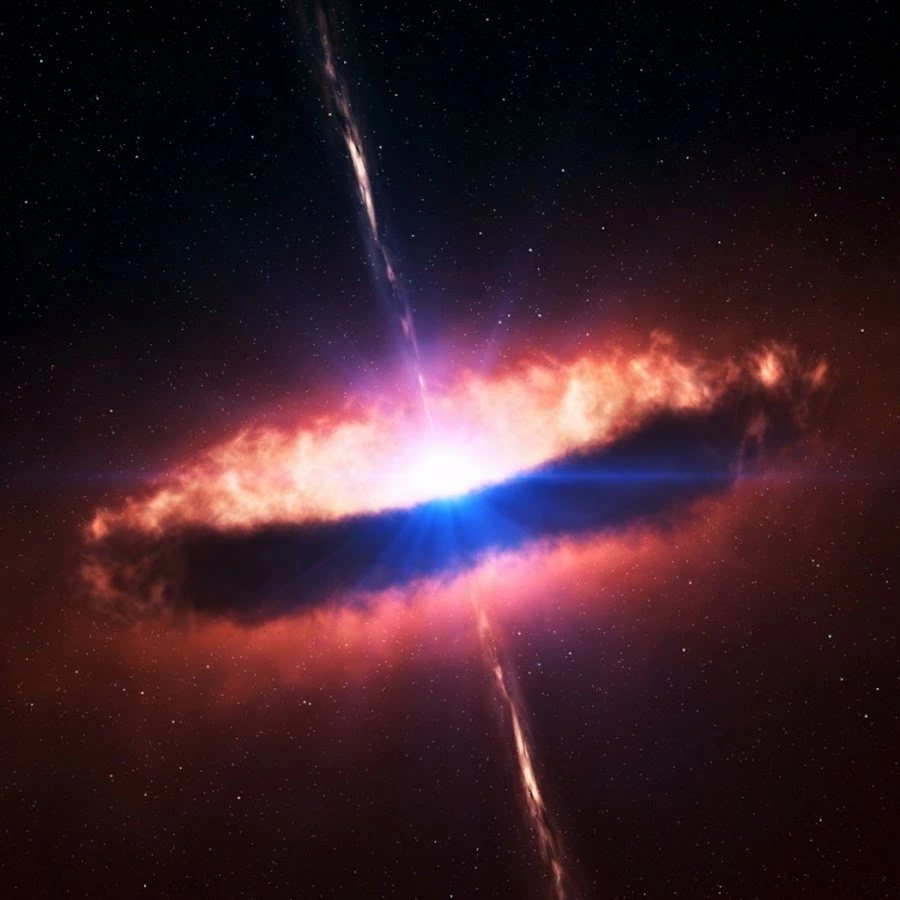Primarily defining what extractly is an observer or the point of wave form collapse I suppose.
It is not a well-defined theory. It does not say what measurement or an observer is.
Not an expert, but I’d say the wave function collapse. How does it happen, and why?
As I’m also a non-professional, I’d like to use your your comment to add my experience with studying quantum mechanics:
From all my studies of both math and lab experiments, intuitively and likely in reality, matter at the quantum level is made of vibrations, oscillations and standing waves of “SpaceTime.” The amplitude, frequency, position, magnetic moment (spin/charge), temperature, pressure and other properties are what we measure and thus describe particles and emergent phenomena like phonons and other quasi-particles.
So this all seems simple enough, we have mathematical descriptions and tools to measure with, what’s this whole issue with “observation” and how how far do we need to take it?
My simple answer is: whenever you see “observer”, translate it to interaction. This can be anything, so long as it interacts with the quantum system being “observed.” But what does this really mean, why does it matter so much? Go back to our wave properties and understand that anything quantum that interacts with anything else quantum is actually introducing their own wave properties and thus, allowing quantum interactions. That is, it’s likely impossible to use something with quantum wave properties (which everything has) to precisely measure something else with quantum wave properties and not have some level of wave disruptions - in other words, we cannot have precise measurements because the closer your quantum measuring tool tries to measure another object’s quantum property, the more the interactions influence the results. The Copenhagen perspective, as I’ve come to orient my understanding, is a question of: does the math reflecting these wave interactions/measurements of them, only mathematically describe it, or do we take the math literally and call it reality?
There are those in both camps and especially as a non-professional, I join the camp that says it only mathematically describes reality. Keep in mind, relativity of all objects makes it so even the very conditions of the experiment can skew results; the quantum level is extremely sensitive to its wave environment and even in a vacuum, the zero-point energy field exists. Also, keep in mind that just because you can’t precisely measure a given property doesn’t mean that you can’t have very good measurements of most/all properties; it’s only a matter of how badly you need to precisely know any given property.
There’s obviously more nuance, but I think the key thing that I want to impart is not to take quantum mathematics to literally, but it’s the best description and predicting tool that we have for that level of physics.



